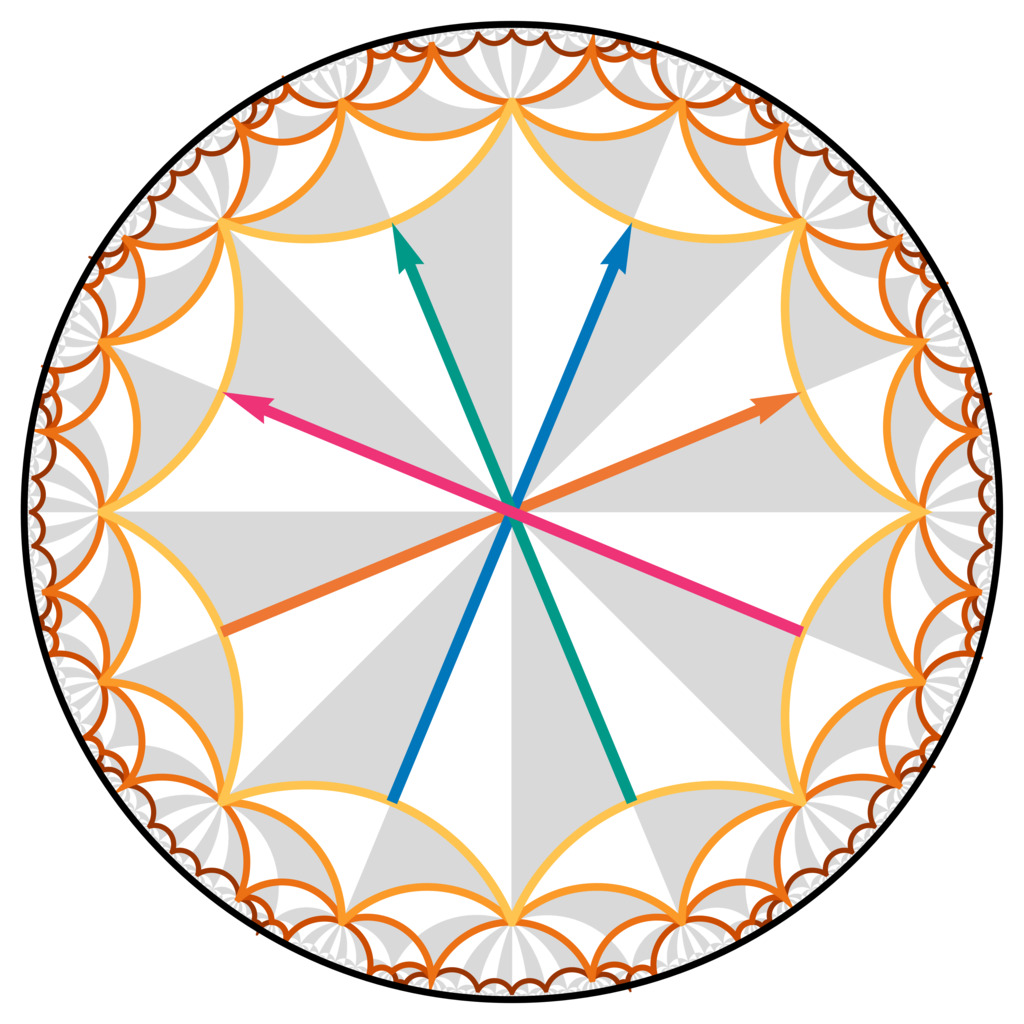Software

P. M. Lenggenhager, J. Maciejko, and T. Bzdušek
P. M. Lenggenhager, J. Maciejko, and T. Bzdušek
Hyperbolic lattices were recently theoretically described by a non-Abelian generalization of the Bloch theorem, but practical approaches for efficient computations have remained missing. Our proposed “supercell method” overcomes the challenges posed by noncommuting translations, and enables significant progress towards an analytical description of hyperbolic lattice models in momentum space. To encourage further investigations in this emerging field, we have implemented the supercell method in a pair of complementary open-source software packages. The first package, HyperCells, is a GAP package for constructing the graphs underlying tight-binding models on infinite and compactified lattices. The second, HyperBloch, is a Mathematica package for constructing the corresponding Bloch Hamiltonian, its eigenstates, and spectrum.
P. M. Lenggenhager, J. Maciejko, and T. Bzdušek
P. M. Lenggenhager, J. Maciejko, and T. Bzdušek


Hyperbolic lattices were recently theoretically described by a non-Abelian generalization of the Bloch theorem, but practical approaches for efficient computations have remained missing. Our proposed “supercell method” overcomes the challenges posed by noncommuting translations, and enables significant progress towards an analytical description of hyperbolic lattice models in momentum space. To encourage further investigations in this emerging field, we have implemented the supercell method in a pair of complementary open-source software packages. The first package, HyperCells, is a GAP package for constructing the graphs underlying tight-binding models on infinite and compactified lattices. The second, HyperBloch, is a Mathematica package for constructing the corresponding Bloch Hamiltonian, its eigenstates, and spectrum.